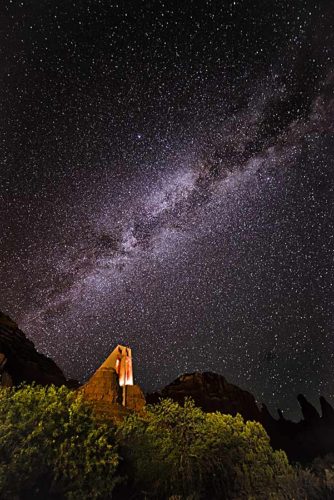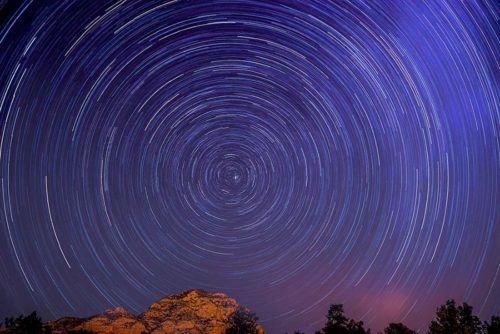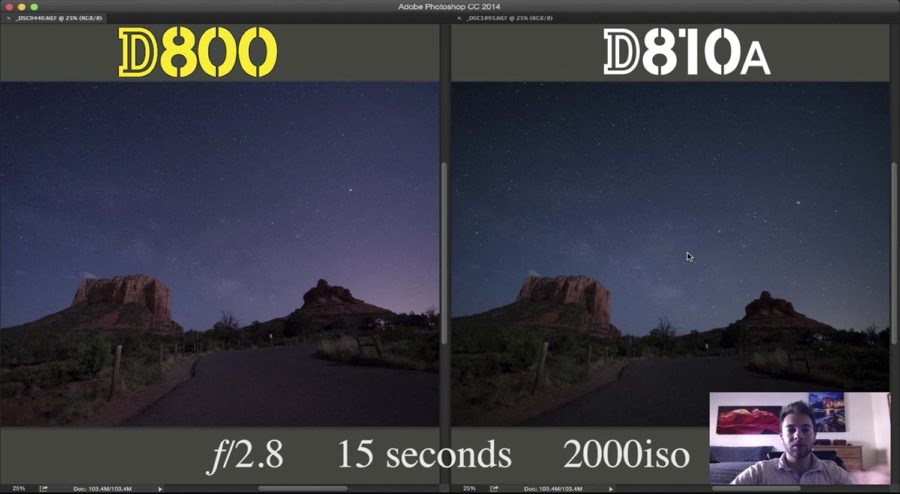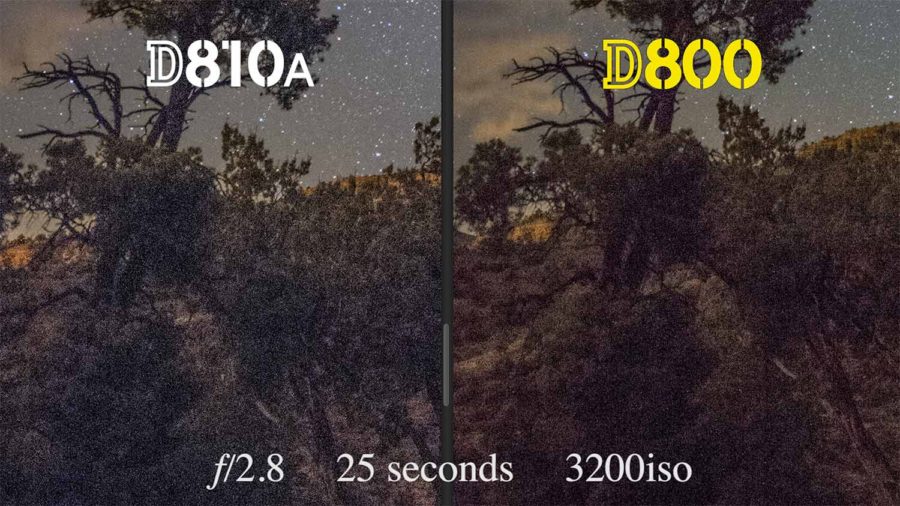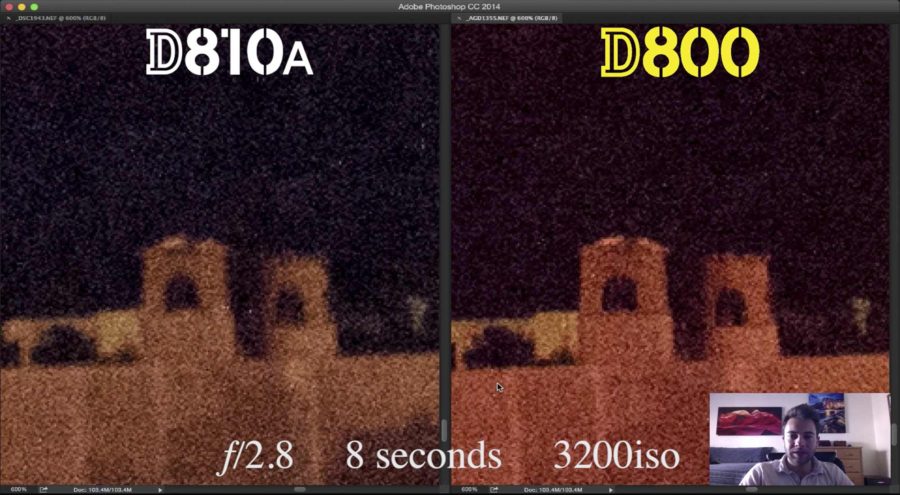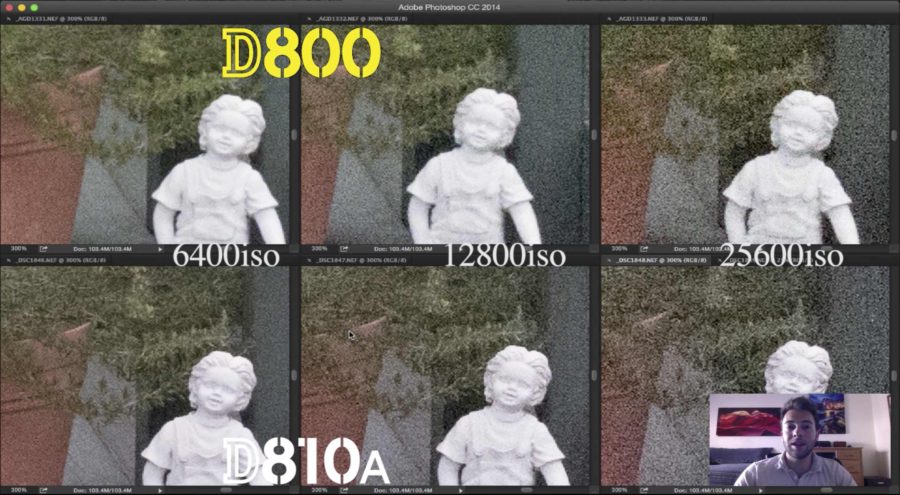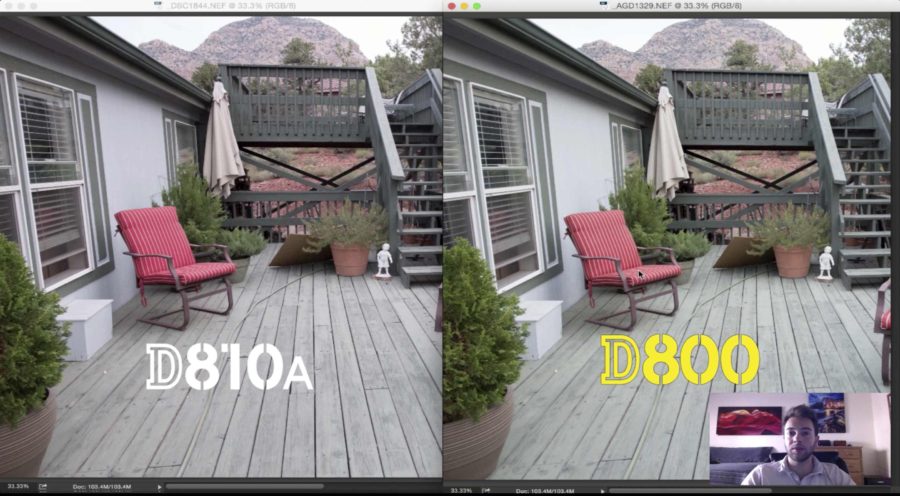Nikon D810A vs. D800 – Night Photography
Video ReviewD810A / D800Color ComparisonColor CorrectionSharpness – NightSharpness/ISO – Day
As a professional landscape photographer, it is important to me to understand my equipment as best I can, so that when the moment happens that I need to capture an amazing photograph, I can. One of the more challenging sorts of photography out there are night shots, also referred to as Astrophotography. I have owned and used my D800 for the last several years, and have recently heard about the new D810A (A for Astrophotography) released from Nikon. I wanted to put my D800 and the D810A to the test, and see if the investment in a camera designed specifically for nighttime photography was worth it. Watch the detailed video below for a direct comparison of the two cameras, and/or read the blog below for more information. Enjoy!
![]()
D810A vs. D800 – Comparison Video:
![]()
D810A vs. D800 – Comparison:
First I will explain a few of the physical differences of the two cameras, the Nikon D810A and the Nikon D800, and compare them as far as picture quality and capabilities later in the review. Some of the initial differences between the cameras are more differences between the D800 and D810 (regular). These include better grip, increased frames per second shooting, improved focus system and a bit higher resolving power sensor (due to no anti-aliasing filter). Interestingly, I have heard rumors that the D800 still has a bit greater dynamic range over the D810, however, I will have to do a separate review of that at some point. Once you delve a little deeper into the D810A, you discover some of the features designed specifically for night photography. The new M* mode allows you to select shutter speeds between 30 seconds and 900 seconds (15 minutes) right on the camera, which is great for long exposure star-trail photographs. Additionally, there are some improvements in the long exposure noise reduction technology and hot-pixel cleanup within the camera, saving precious editing in photoshop later.
I will give my conclusion now, and if you want more details, see the details below. Even though Nikon released the D810A for astrophotography, I believe it is really just intended for shooting galaxies far far way through a telescope. That is really where the “specialized IR cut filter sensor designed to capture the red tones of H-alpha emission from the nebulae” would become visible and useful. If you are just going to take landscape photos of the night, I don’t really believe it would be necessary to go out and purchase the D810A, as it does not provide a big enough improvement over the regular D810 or D800. In fact, the sharpness and details in the shadows of my D800 were superior to that of the D810A. So there is one point for the D800. However, the D810A did have a more natural look to the foreground elements, and did not cause an overall red color to everything like my D800 did. So one point to the 810A now. Even after spending some additional time, after the video review, I could not get the D800 shot to perfectly match the D810A, however, I did get it pretty close (see below for how I did this). In conclusion, both cameras are good… they are just different.
![]()
Color Comparison:
In this first situation, I had both cameras set up next to each other, taking the photos at about 10:00pm at night. Both cameras were set to f2.8, 15 seconds, and ISO 2000, and both were set to exactly same white balance in Photoshop Camera Raw. As you can see, the photo from my D800 has a more colorful sky, and is leaning towards the more red tones in the sky. The D810A, however, appears a bit darker and less red in the sky.
In the second shot, and all the rest in this review, the photo on the right is the D800 and the one on the left is the D810A… Sorry for the switch from the first photo. Anyways, same story here, the photo from my D800 is a lot more red everywhere, compared to the much more natural looking photo from the D810A. Again, same white balance for both, yet the difference in sensor must be the cause of such color change. Take a look at the color corrections I did below, and see how I tried to match the colors from the D800 with that of the D810A.
Color Correction:
This is the closest that I could get the images using Camera Raw. I left the D810A shot alone, and just played with the Hue settings of the D800 shot until it looked close. As you can see from the settings, I had to change several colors to get a similar look to the out-of-the-box colors of the D810A.
In the photos below, you can see the differences between the D810A and D800 more zoomed in. In the shadows, the D810A seems to turn the darker areas into a greenish/bluish tinted shadow, whereas the D800 turns those same shadows into reddish tinted areas. Even with the color adjustments, these differences are still evident in the tree branches and bark. However, I am still impressed with how clean my D800 renders the foreground elements, especially the rocks along the horizon. There is just more reliability from my D800. The only thing I don’t like from my D800 are those darn red shadows! If anyone has any advise, please comment below. See the images below to see what I am talking about.
Sharpness Comparison at Night – ISO 3200:
Here the same story continues. The photo from my D800 is better in the shadows, and produces a sharper photo compared to the D810A. I know from additional tests that the D800 outperforms the D810A at night as far as sharpness goes (especially in the shadows) and is not as sharp during the day. Check below in the sharpness comparison during the day to see what I mean. I wonder if the D800 has the edge due to some level of greater dynamic range? All that aside, I still am not happy with either camera as far as noise level goes. I want to be able to shoot a camera at ISO 4000 and it still look better than either of these cameras do. I also wonder if the Nikon D5 actually has a cleaner shot at higher ISOs due to a greater native ISO sensor? I guess that will be the next test.
Sharpness/ISO Comparison during the Day:
Again, I can’t really see a difference between the two cameras as far as the noise level goes. They both look the same to me. The sharpness is a different story however. During the night the D800 was superior, but during the day the D810A definitely has the edge (pun intended). This is most likely due to the fact that the D810/D810A have the anti-aliasing filter removed, which claims an improved resolving power of about 2.5 – 4 megapixels over the D800. Will you see the difference in a Facebook photo? Of course not! But will you see the difference in a 6 foot wide printed photo in a gallery? That you will. As I make a living selling photos that can range up to this size, I am now very interested in the regular D810. It might be the best of both worlds, capturing the night more like my D800 and capturing the day photos more like the D810A. Or maybe we should just wait for the next high megapixel camera from Nikon and see what that brings. See the photos below for a better comparison of day photos from the D810A and D800.
As for the color difference between the two cameras during the day – They are very similar. The D810A does produce a slightly reddish image compared to the D800 (opposite from the night results). This gives all your photos more of a film look from the decades ago when film was the talk of the town rather than megapixels. Clouds, paper, light-skinned people, and anything else that is white will all have a tint of a sunburn pink color – Fixable in Photoshop, however, it’s just annoying. Should you use the D810A for day photos? Probably not, but if you need to, you can in a pinch. See below for a comparison… you have to look close.
Ultimately, I was looking for the D810A to rock my world after the sun went down. The simple answer is that it just doesn’t. It’s just “okay” at taking night photos. My D800 is also just “okay.” Nikon’s dynamic range of these two cameras still sets them far ahead of the competition. I compared my photos with those of my friend’s Canon 5D Mk3, and there was no comparison. Nearly all the shadows of his camera were just pure, unrecoverable, black. Same settings, same exact moment, but huge differences. He’ll switch to Nikon one day. In the meantime, get out there and go shoot! Have a great day!
My Instagram Feed:
[instagram-feed]
Come on an Italy Excursion with me by Clicking Here!
Come on a Travel Workshop/Excursion with me by Clicking Here!
Follow me on:
By liking my Facebook Page you’ll get updates about blog post, travel workshops, and other cool stuff!


